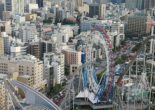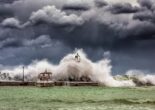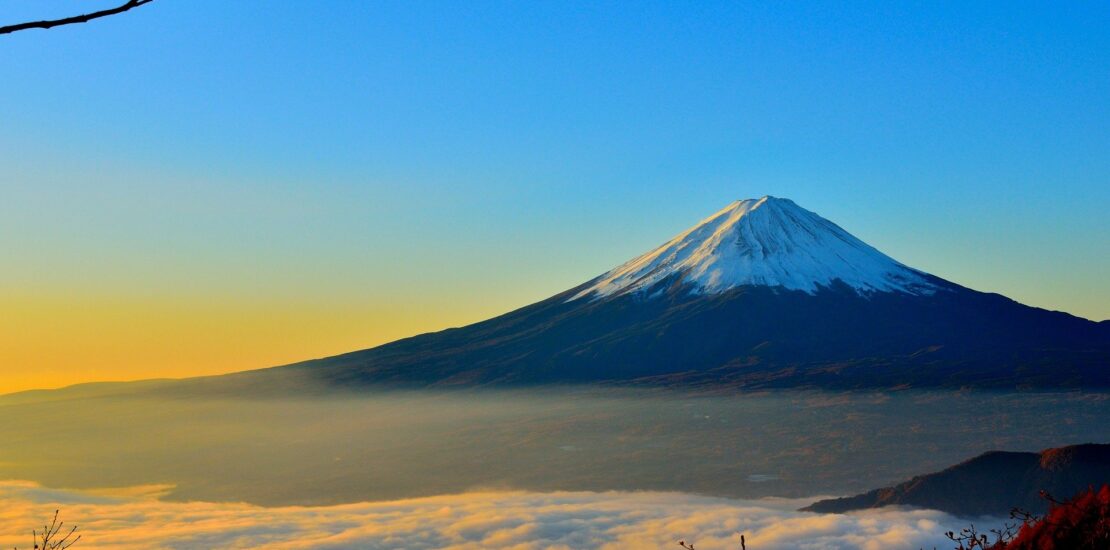
What to expect when climbing Mt Fuji for the first time
Japans Mount Fuji is one of the most iconic mountains in the world. The snow caped flat toped image has been painted and then printed on souvenirs since antiquity. It can be found in wood carvings and in the background of the famous “The Great Wave off Kanagawa” by Hokusai. Every year some 200,000 to 300,000 people make the ascent to the peak of this famous mountain, and anyone with even a slight interest in outdoor activities should try to make it a priority in any summer spent in Japan.
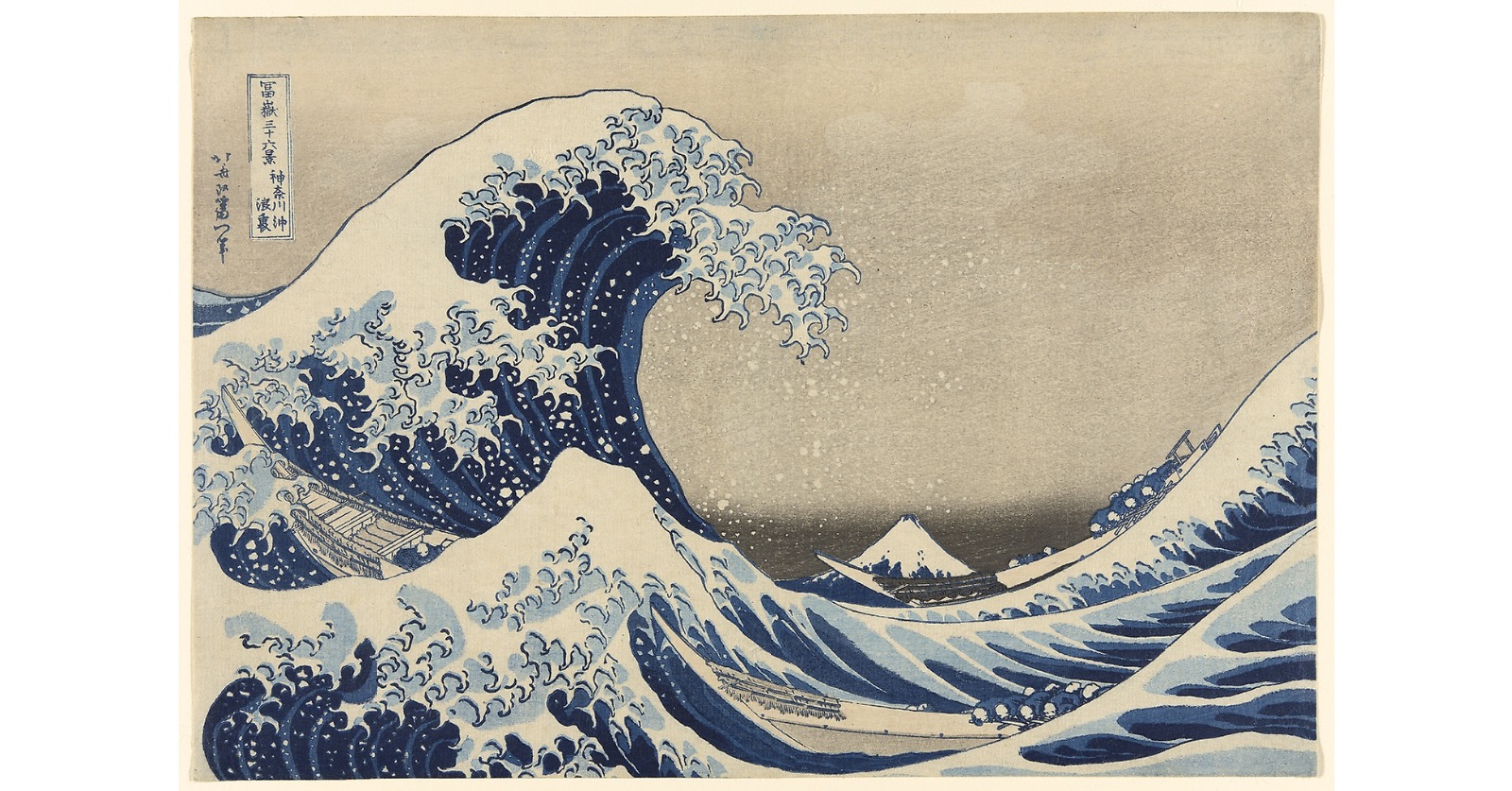
When is the best time to climb Mount Fuji?
Whilst Mount Fuji can technically be climbed all year round, only the very experienced and suitably equipped should consider it outside of season. This is due to treacherous ice and snow, as well as a lack of open facilities and services. The official season runs from 1 July to 14 September. During this time, the hike is actually on the very easy side of mountain climbing, and is really more of a trail hike up a mountain. Services are plentiful in season, ranging from bus services, gear rental, mountain huts for rest and sleeping, as well as food and drinks. Therefore if your goal in climbing Mount Fuji is the spectacular sunrise view from the top, or just the ability to say you did it, really do yourself a favor and climb in season.
How to get to the Mount Fuji trail-head
There are multiple access routes to climbing Mount Fuji, as there are actually four trail heads.
Yoshida Route
The Yoshida is the most popular route to climb Mount Fuji. It is easy to access, and offers a view of the sunrise during the ascent, so there is less loss in being late. It also has a separate descent trail, alleviating congestion and hold-ups. The trail serviced 172,657 people in the summer 2017 season.
The Yoshida route can be accessed by taking a bus from Fujisan Station on the Fujikyu Railway (access from Tokyo) to the Fuji-Subaru Line 5th Station bus stop. Alternatively you can take a bus the entire way from Tokyo (150 minutes, 2900 yen) by riding from the Shinjuku Expressway Bus Terminal to the Fuji-Subaru Line 5th Station.
Subashiri Route
The Subashiri route offers the best nature, and is a relatively easy ascent until the 7th station, where it joins with the Yoshida route. The trail serviced 23,475 people in the summer 2017 season.
Access is afforded by taking the bus from Gotemba Station (JR Gotemba Line) to Subashiri Trail 5th Station. The bus takes an hour 40 minutes, and costs 3000 yen. A bus from Shinmatsuda Station (Odakyu Line) also runs to Subashiri Trail 5th Station, and takes an hour and a half costing 2060 yen.
Gotemba Route
The Gotemba trail-head starts at the lowest altitude of the routes up Mount Fuji, making the ascent time longer. The terrain is mostly lava rock and quite exposed. However it is also by far the least congested route, so if Disneyland like queues are not your thing, it can be a good alternative. The trail serviced 18,411 people in the summer 2017 season.
The Gotemba route can be reached by taking a bus from Gotemba Station (JR Gotemba Line) to Gotemba 5th Station. The fair costs 1110 yen and takes about 40 minutes. Getting to Gotemba From Tokyo on the train will cost you 1980 yen.
Fujinomiya Route
The Fujinomiya trail-head sits at 2400 meters above sea level, making it the highest trail-head. It is therefore the shortest hike, and the second most busy route. Additionally the descent and ascent routes are the same, so this can lead to congestion. Besides the peak, the Fujinomiya route also allows access to the secondary crater Hoeizan, at 2693 meters above sea level. This location is noteworthy for its panoramic views over the pacific ocean and Tokyo. The Fujinomiya route serviced 70,319 people in the summer 2017 season.
Access by riding a bus from Mishima Station(two hours, 2460 yen) or Shin-Fuji Station (two and a half hours, 2380 yen) on the JR Shinkansen Line to Fujinomiya 5th Station.
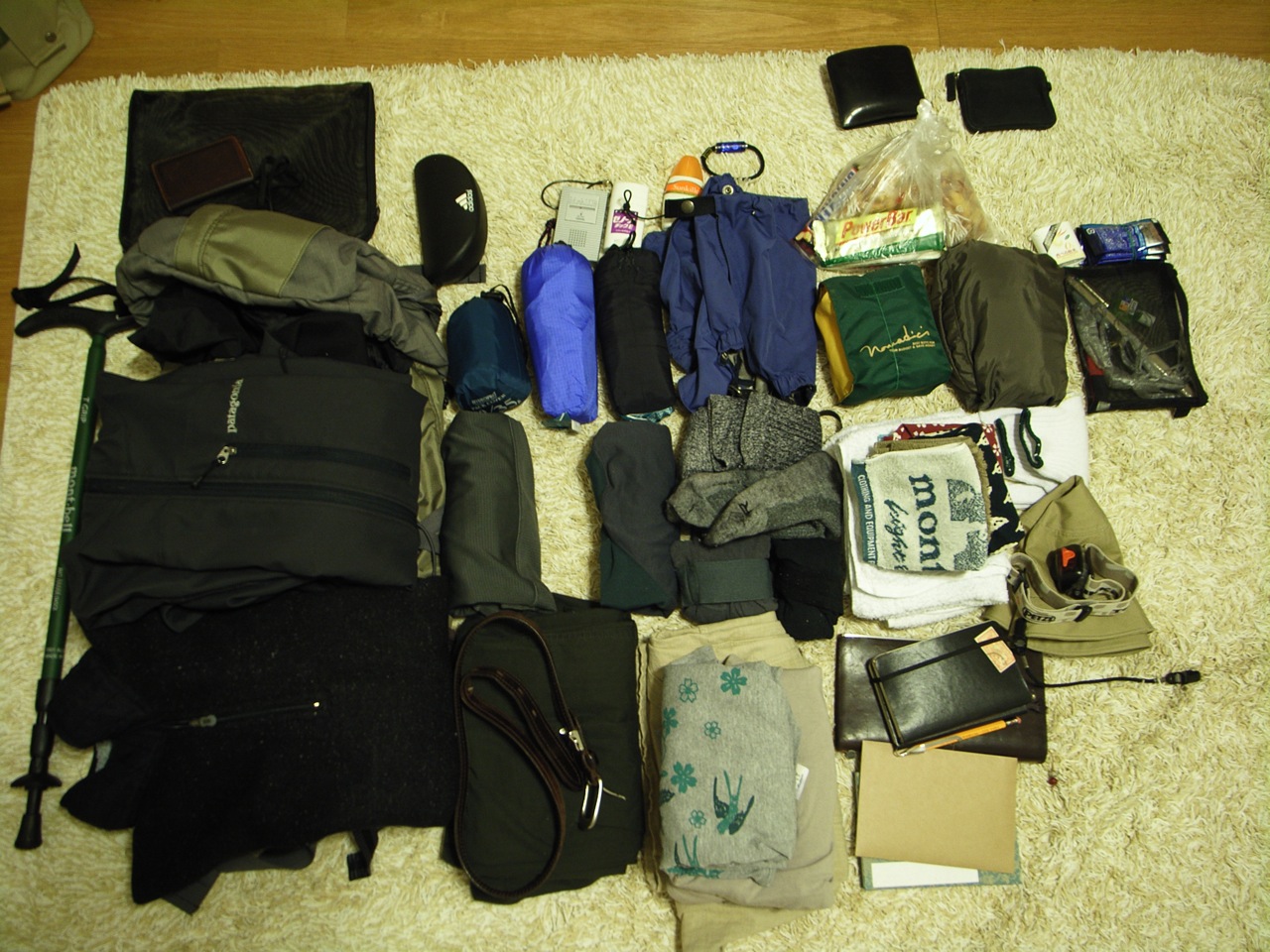
What should you bring on a hike up Mount Fuji
The hike up Mount Fuji is not a technical hike. When making the climb in season, you will not need crampons, rope or any other technical gear. As the final altitude is 3,776 m, some people do take oxygen, but it is by no means an essential item. Please take your own experience in to account and judge if you might be better off with it, but personally I have never felt the need. I think that weight is better spent on more water.
Things you definitely should take however are a good comfy pair of boots. The trail is long and rocky, so soft bottom tennis or running shoes will quickly become a regret. More so, the descent can be quiet steep, so good shoes will take some of the work off your knees.
Most people make the ascent of Mount Fuji in the nighttime, in order to catch the sunrise. It is easily the highlight of the whole adventure, and the best reason to actually climb Mount Fuji. Even though the season runs during the Japanese summer, the ascent up the mountain at night can get very cold, sometimes reaching 0 degrees Celsius. Don’t be fooled into a false sense of security when you leave your house, pack warm clothes! Dress warm and pack a lightweight down coat. Additionally, the weather on mountains can turn un-expectantly, so rain-wear and wool clothing is also very important.
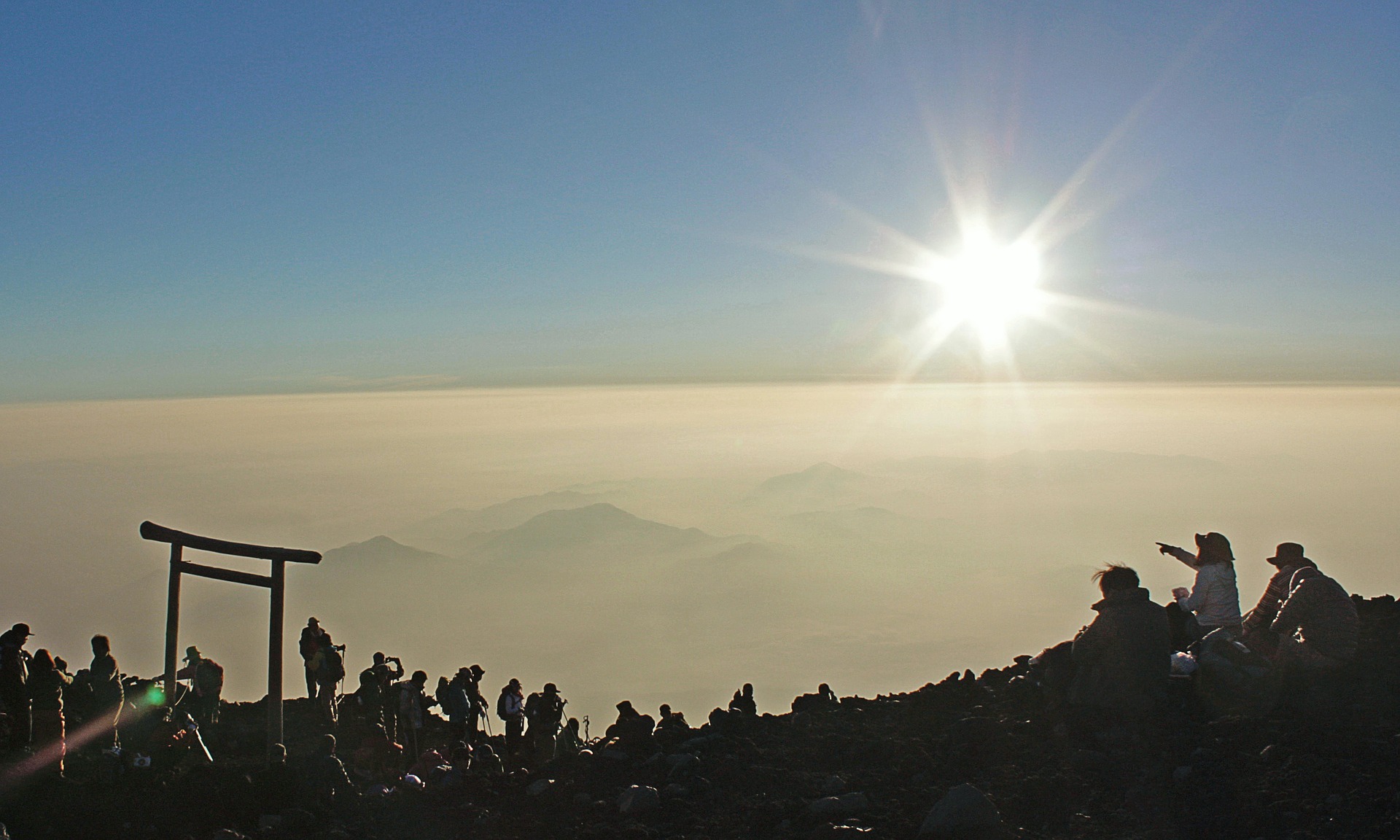
Another important thing to pack is water, snacks and something to eat. Whilst Mount Fuji is very developed and water and food can be bought all the way up the mountain (depending on your route), prices are steep. Keep your fluids and sugar up! You are going to burn a lot of calories climbing up to 3,776 meters above sea level.
Sleeping on the mountain
Although the hike up Mount Fuji can be done without sleeping on the mountain, doing so either requires missing the sunset and making your ascent in the heat, or pulling an all-nighter. Many people begin there ascent at night, in order to view the sunrise at around 4am.
Staying at one of the many huts on Mount Fuji requires a reservation, and you should also confirm that the hut you choose is actually on the route you will climb!
Mountain huts can be found on the official Mount Fuji website.
Summary
Climbing Mount Fuji is a great experience, and the accessibility makes it possible for people with little to no mountaineering experience. If you are in or visiting Japan during the official season between 1 July to 14 September, and looking for a truly unique experience, look no further. As long as you remember to pack the right gear, and don’t let the crowds bring you down you will be rewarded with fantastic panoramic views from the highest point in Japan.
Be safe and have a great climb!


